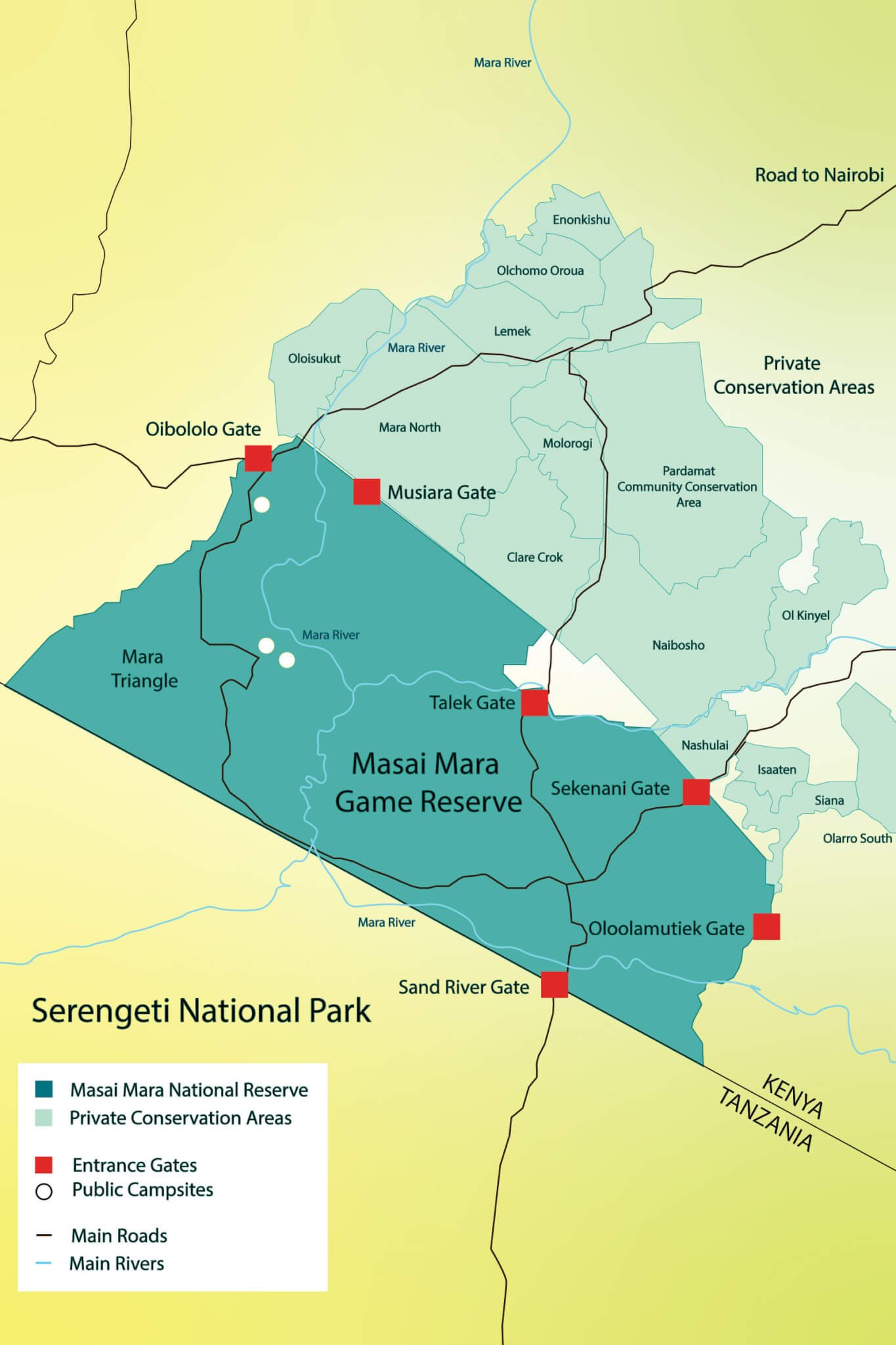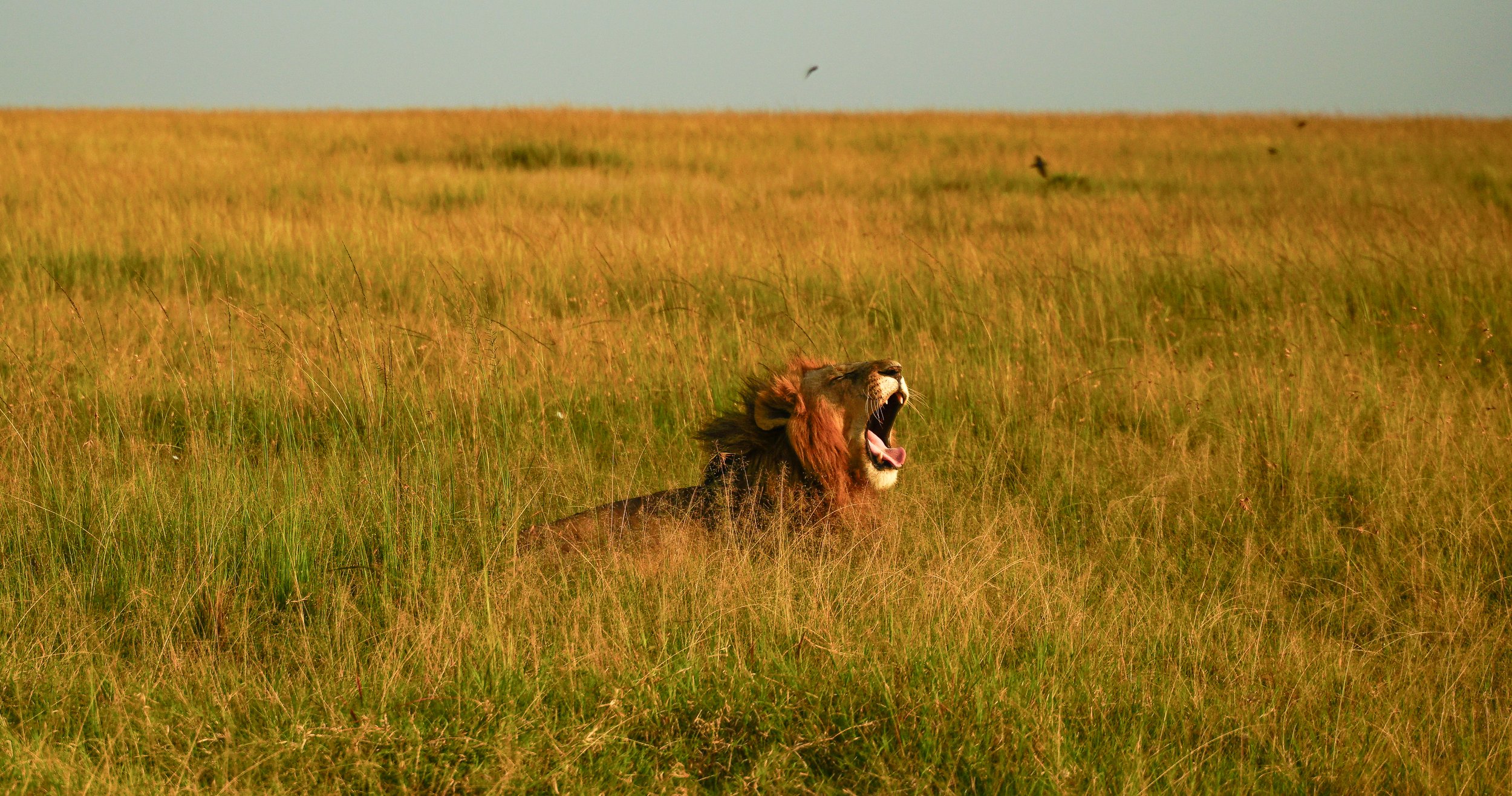Travel the Maasai Mara on a any budget
*all photos and videos were taken by JamPacked Travel
Where To Stay:
The Maasai Mara is home to many lodges, ranging from basic accomodation to ultra-luxury. If you want a luxurious experience, managed by local members of the Maasai community, at a great price, our favourite has to be Royal Mara Lodge Mara North.
Of all of the places we have travelled to, this is in our top three places we have ever stayed. It is simply magical.
The Royal Mara is an unfenced lodge on the Mara River (yes, wildebeest migration time!), which gives it an incredibly authentic feel: imagine animals strolling around the camp whilst you sleep in your luxury tented lodge. The Mara has onsite members of the Maasai tribe, who add their experience and help to bring the magic of the Mara to life.
Contact the lodge directly for the best prices. We managed to snap an absolute steal by speaking to them.







How To Get There:
Flying:
From Nairobi, catch an internal flight from Nairobi Wilson Airport (WIL). It is a short 45-60 minute flight to the Mara from here. Due to the inaccessibility of the roads, this is our recommended choice, as lodges will then come and pick you up from the airstrip when you arrive in the Mara.
Check out the Air Kenya website for current prices, and check out the closest airstrip to your Mara accomodation, via their websites.
Below are some of the common airstrips, located in the Mara, so choose the right one:
Keekorok
Serena
Musiara
Mara North
Angama
Drive-in safari:
Self-driving around Kenya is a challenge without a 4x4 (though not impossible), so if you’re looking to travel by land to the Mara, opt for a guided drive-in safari. These are a great way to see the Mara, and other National Parks around Kenya, on a flexible budget, with a guide for the whole time.
Drive-in safaris begin in Nairobi (so no flights needed), and will make the 5-6 hour trip to the Mara.
If you have enough time, consider combining a Mara trip with other key spots in Kenya, such as the Samburu, Lake Nakuru and Amboseli National Park.
Understanding Entrance Fees
The Maasai Mara is made up of the Masai Mara National Reserve (run by the Kenyan government) and 14 private conservancies, such the Mara North, Olare Motorogi and Mara Naboisho.
The entry fees to the parks are crucial to the ongoing conservation efforts to maintain the future of each area of the Mara. These differ depending on where you go, and how long you spend there (day trips vs overnight stays).
For the Mara National Reserve, the fees are broken down as follows:
$80 per visitor, per day
$70 per visitor, per day if you stay overnight in the reserve
$40 per child under 12 years old
The Private conservancies differ depending on the reserve you go to. From our recent stay at the Royal Mara Lodge, we were in the Mara North conservancy, with the following fees:
$116 per visitor per day
$58 per child per day
The North conservancy is a partnership between 12 Tourism Partner members (6 camps, 3 lodges, and 3 riding outfits) and over 1000 Maasai tribe landowners. The aim is to create a best-practice, world-class conservancy with long-term commitments to the environment, wildlife, and local communities.
National Reserve vs Private Conservancy
In an effort to reduce the tourism pressure on the Masai Mara National Reserve, private conservancies have been established across the Mara in recent years. The land in the conservancies is still owned by the Maasai communities, but rather than graze their cattle there year-round, they rent their land to private safari companies, while still retaining grazing rights.
Which is better?
Fundamentally, both Private Conservancies and the National Reserve are all part of the Mara, so your viewing experience is going to be one of the best in the World.
Mara National Reserve:
The Mara National Reserve is 5 times bigger than even the largest Private Conservancy so, even with the larger number of yearly visitors, you needn’t feel like it is crowded. Outside of peak season, it is common to not see another vehicle throughout the day. This, crossed with the cheaper entry fees, is often an attractive proposition to people visiting the Mara for the first time.
The Mara Triangle (one of the hotspots for big cat and rhino sightings), operate a number of the same rules as the conservancies, such as the 5 vehicles maximum regulation, per sighting. This gives you the intimate experience many people look for when coming to see the Big 5.
Private Conservancies:
With everything being said about the National Reserve, conservancies offer unparalleled opportunities within the Mara. Guest numbers are limited and no day visitors are permitted, meaning a more intimate experience. Our stay in the Mara North Conservancy was completely private, with no interaction with another vehicle for the 3 days we spent there.
Additionally, the conservancies offer a closer wildlife viewing experience, with off-road driving, walking safaris and night drives all permitted. If you are looking for predator sightings, many of the conservancies have excellent reputations for sightings, because of some of the above factors. African predators are most active, early in the morning or later in the evening, so being able to get up close at these times, maximises your chances of seeing the predators of the Mara.
What To Do: Packing
You want to be comfortable and covered for game drives in the Mara, to protect you both from the African Sun and the mosquitos. So make sure you have the following ready to go:
Malaria tablets (this is a must anywhere in the Mara)
Loose-fitting clothing
Insect repellent
Sunscreen
Lots of water
A good camera, charged and ready to snap all of those great photos!







A JamPacked Day In The Mara
When we arrived into the Mara North airstrip for 3 days from our Air Kenya morning flight, we were met with open savannah, as far as the eye can see, with only nature, all around you. The airstrip itself is no more than a track in the middle of the grasslands, so the Maasai Mara truly feels completely wild. Our first sighting was from the air, with a herd of zebras grazing at the edge of the runway, as well as a female giraffe with a calf walking alongside. They were literally blocking the runway: awesome!
We were met by James from the Royal Mara who took us out on our first game drive, even before check-in at the lodge. One thing you will definitely find, wherever you stay in the Mara North, is an incredible level of knowledge from the guides about the wildlife in the area, how to spot them and general information about anything in the Mara. James, with his ties to the Maasai tribe, knew everything we asked him about during our time there.
The only thing to elude us on our first game drive were the big cats. We saw, pretty much everything else, going off-road and getting up close to the likes of elephants, giraffes, buffalo and more. Considering the African sun was already in full force by the time we arrived, we’d say this was a huge success!
James drove us to our stay at the Royal Mara, an unfenced lodge nestled on the banks of the Mara River (think the famous wildebeest migration). The Royal Mara is the perfect blend of luxury and authenticity. Our lodge was stunning, as was the overall experience with everyone at the Royal Mara. This was complemented by feeling integrated into snippets of Masai living, with members of the Masai tribe working at the lodge.
We had an expert 3-course lunch from chef Nixon, followed by some R&R on our veranda, overlooking a family of hippos in the river. This pod became a source of entertainment during the whole stay. They were a constant: there every time we came back, and intermittently warning off crocodiles in the river from their young. The warning noise a pod of hippos makes has become one of those ingrained memories that will always be with us now.
4pm came and it was time for our evening game drive. Animal spotting in the Mara means early mornings, lazy afternoons and back out in the early evening. We stayed out for about 3 hours in what started off as a relatively quiet drive (that’s the wild!) but anything can happen on safari. Towards the end of the drive, I spotted something brown/orange going to sit down, far on the horizon. Another impala (they are everywhere)? I was convinced it was a lion. James had a look through his binoculars and it wasn’t 1 but 4 lions: 3 males and 1 female. We crossed the savannah and found them lazing around, slowly preparing themselves for whatever active night they would have.
We were able to get so close to them. They aren’t phased by your presence; the 4x4 is just another large animal to them, neither a threat nor prey. So you can really immerse yourself in a face-to-face experience with a lion pride. What a result for our last sighting of the day!
Heading back, full of joy, it was time for dinner on the banks of the Mara, under campfire light, talking with the Masai workers, sharing stories between each other, followed by sleep in our tented lodge. If you want a truly unique sleeping experience on safari, choose an unfenced camp. Sleeping was arguably our highlight of the Mara. Whilst feeling safe, inside your tented lodge, you are surrounded by noises, far and near of the African bush: elephants rustling bushes right outside your lodge, hyenas calling to each other, hippos climbing out of the Mara River to go and graze overnight. It is magically overwhelming the amount of life you hear in the savannah at night. The Mara comes alive: nature’s white noise carrying you off to sleep.
Be prepared for the early morning game drive the next morning. After hearing from Samuel, the Maasai night watcher on site, telling us about having to usher out a hyena and some elephants from right by our tent during the night (as you do…), it was time to set off before sunrise, into the cool, early morning air of the Mara to see what we could find. Remember, anything can happen on safari.
We hadn’t even left the camp when a large, male hippo came running past, heading back to the river after a night of feeding. Hippos, on average will roam about 6 miles a night, consuming 40-60kg of grass. This one looked like it had had its fill, and was ready for a rest back in his watery home.
Animals are still so active at this time in the Mara: we saw more lions, hyenas, jackals, all of the grazers and even a cheetah on the hunt when we were out. What can you say? This became the theme of our trip in the Mara. If you have your eyes peeled, listen to your guide and follow some of our top tips in this post, you are guaranteed to get up close to some of the most magical animals in the world.
Everyday is different in the Maasai Mara, so you could easily spend weeks there. Our 3 days were perfect! Would we have done more though? 1000%! For people like us, each experience is new and unique, so keep them coming and we can’t wait to return to our Maasai friends soon!


















